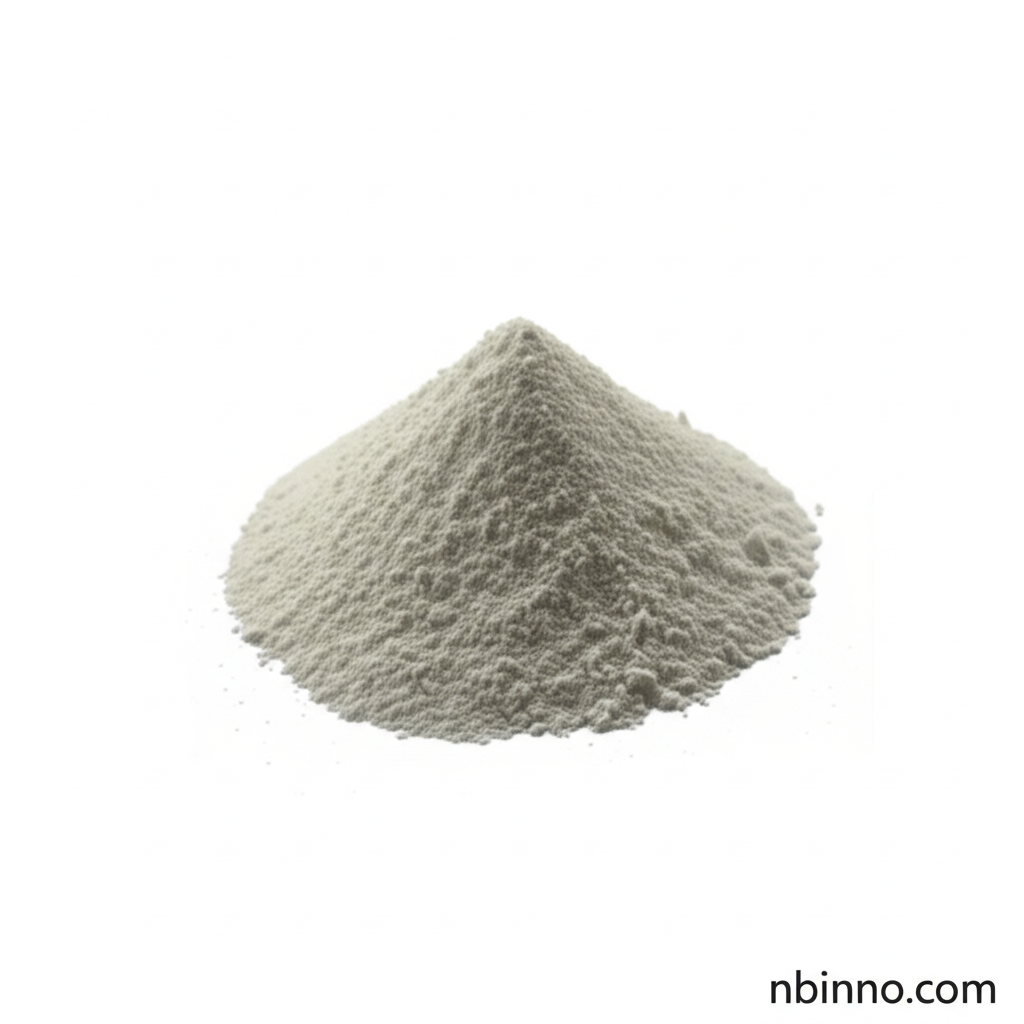3-Bromo-4-Chloro-Benzaldehyde: A Versatile Intermediate for Organic Synthesis and Pharmaceutical Development
Unlock new chemical pathways with this essential building block for advanced organic synthesis.
Get a Quote & SampleProduct Core Value

3-Bromo-4-Chloro-Benzaldehyde
This compound serves as a crucial intermediate in various chemical transformations. Its unique structure, featuring bromine and chlorine substituents on a benzaldehyde core, offers significant reactivity for the development of complex organic molecules. It is widely recognized for its role as a key building block in the synthesis of pharmaceuticals and other fine chemicals.
- Explore the diverse 3-bromo-4-chloro-benzaldehyde uses in creating novel chemical compounds.
- Discover the importance of this pharmaceutical intermediate 86265-88-5 in drug discovery pipelines.
- Learn about the specific chemical building block properties that make it ideal for intricate synthesis projects.
- Understand the reactivity of halogenated aromatic aldehyde applications in various industrial processes.
Key Advantages
Enhanced Reactivity
The presence of both bromine and chlorine atoms on the aromatic ring significantly influences its reactivity, enabling precise chemical synthesis and functional group transformations. This makes it an excellent choice for challenging organic synthesis projects.
Pharmaceutical Utility
As a vital pharmaceutical intermediate, this compound plays a critical role in the development of new drugs. Its structural features can contribute to improved potency and selectivity in active pharmaceutical ingredients, aiding in the search for effective treatments.
Versatile Building Block
Its versatility as a chemical building block extends to laboratory research and development, where it is utilized in exploring new chemical reactions and applications. Its structure facilitates the synthesis of a wide array of complex organic molecules.
Key Applications
Organic Synthesis
This compound is instrumental in various organic synthesis pathways, serving as a foundation for creating a broad spectrum of organic chemicals and complex molecular structures.
Pharmaceutical Industry
It is a key component in the synthesis of active pharmaceutical ingredients (APIs) and drug candidates, contributing to the efficacy and specificity of medicinal compounds.
Laboratory Research
Researchers utilize this chemical in R&D for studying reaction mechanisms and developing novel synthetic methodologies, pushing the boundaries of chemical science.
Fine Chemical Production
Its utility in chemical production processes makes it a valuable intermediate for manufacturing various end products through controlled chemical reactions and transformations.
